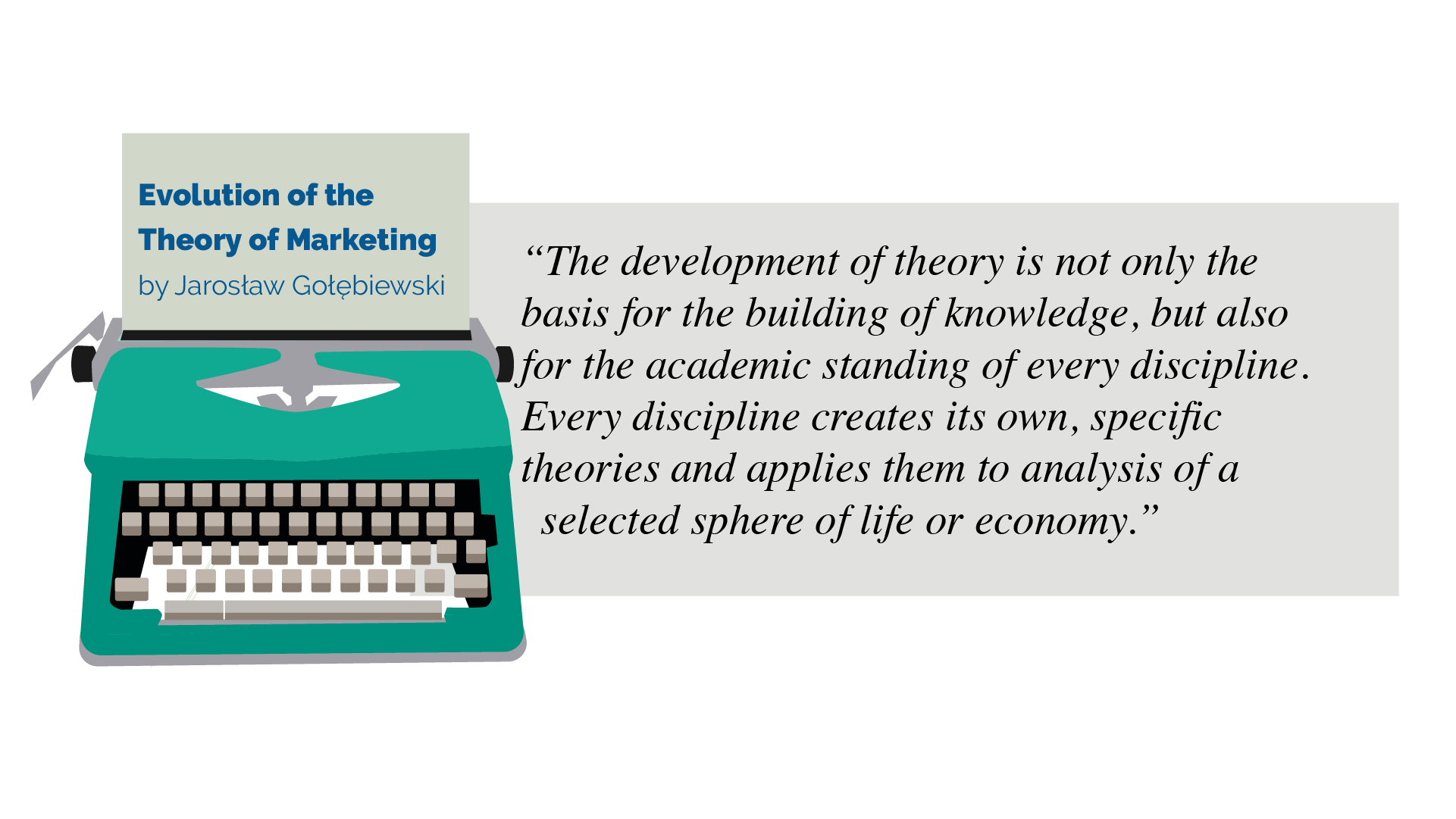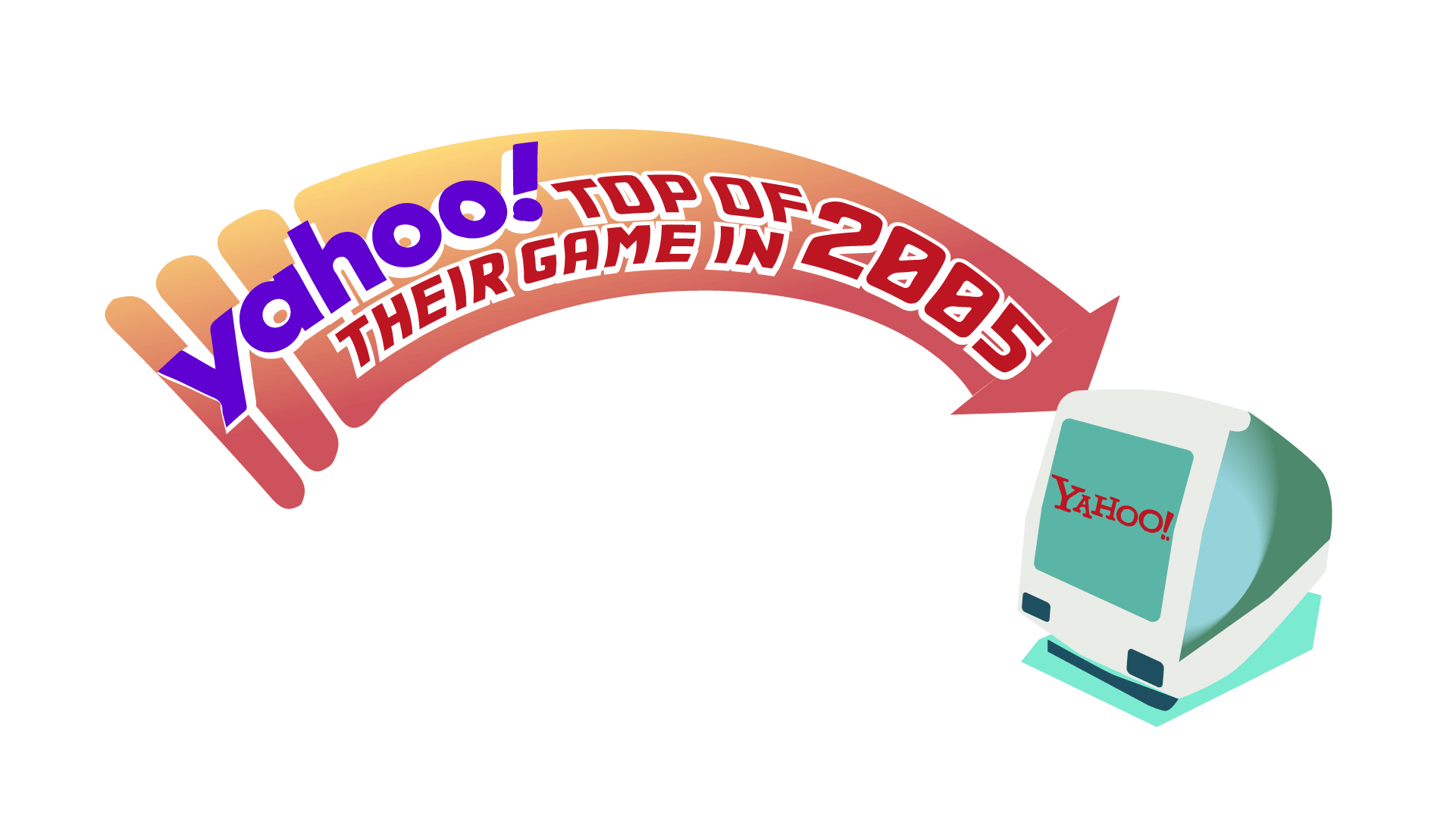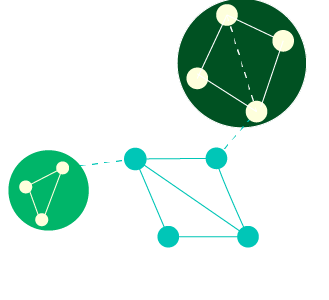You may have heard the term “marketing warfare” in the past. And you may be thinking that to associate marketing with warfare is both dramatic and a little ridiculous.
And yet, marketing is continually represented by war-like analogies.
 In an article published on Anthill Online, Jordan Mullen makes a bold statement: “Marketing is war. To treat it any less critically is to invite challenge and defeat.”
In an article published on Anthill Online, Jordan Mullen makes a bold statement: “Marketing is war. To treat it any less critically is to invite challenge and defeat.”
And Mullen is not the only observer to identify the parallels between warfare and marketing.
Kyle Börner, Chief Creative Marketer and Strategist at White Buffalo Creative, advocates for aggressive “marketing warfare strategies”. Börner claims that to overlook the combative and competitive aspects of marketing your business is to wave a white flag, effectively “surrendering to your competition”.
As cited by QuickMBA, in Marketing Warfare (the bestseller by AI Ries and Jack Trout) the authors argue that customer-oriented marketing philosophies are inadequate. Instead, they advocate for competitor-oriented marketing.
As the examples above demonstrate, there are plenty of minds drawing parallels between combat and marketing; with enemy-centric tactics being both implicit and prerequisite to warfare of any kind.
And it’s easy to see why warfare is a common analogy for marketing. Warfare is a simple metaphor for action; it also aligns business thinking with the principle of overcoming your business competitors, pitting them as the enemies to be outmaneuvered. This thinking provides a framework for business leaders to view the world.
Can We Really Draw a Parallel Between Marketing & War?
Before going any further, we’d like to acknowledge that the ‘marketing is war’ sentiment is of course hyperbolic. Though war is arguably the most extreme manifestation of the human condition, many of the military strategies leveraged during wartime are founded on the same principles as many modern marketing campaigns.
After all, loyalty to a brand is simply a microcosm of the mob mentality and fanaticism necessary to rally soldiers.
In this article, we will explore the relevance of military tactics to marketing today. And we’ll pick apart how these tactics have informed contemporary understandings of marketing and the business world.
What Are Marketing Warfare Strategies?
In Sun Tzu and the Art of Economic War by Marco Picon, marketing warfare strategies are defined as representing marketing and commerce tactics that draw parallels between warfare and business.
Marketing warfare strategies apply the principles of military tactics to business situations. That is, they effectively approach competitors as analogous to enemies in military conflict. With market share seen as analogous to territory disputes.
 The argument for the use of marketing warfare strategies is that in certain markets, the gain of one business can only be achieved at the cost of another; either directly or indirectly.
The argument for the use of marketing warfare strategies is that in certain markets, the gain of one business can only be achieved at the cost of another; either directly or indirectly.
The very notion of market share is confirmation of this deduction. Because there is a limit to what can be achieved. And to make any market share gains requires that same percentage to be deducted from elsewhere.
However, to stay afloat in competitive markets requires an awareness of the necessity to take market share from competitors. To overlook this necessity is not only naive, but may well prove to be a detriment to your business.
Understanding the inherently combative nature of business success enables businesses to create targeted, informed, and appropriate strategies.
The History of Marketing Warfare
Marketing theory is continuously evolving, as our understanding of human behaviour becomes more advanced.
And in the last fifty years, military literature has been used by marketing theorists to inform modern marketing. This is due to the parallels that can be drawn between warfare and the business world.
 Military strategies regularly take advantage of the very same principles of behaviour, motivation, and competition as marketing. With this in mind, military literature—given its age and the attention it has been given by scholars over the centuries—represents a largely untapped and highly mature study of these principles.
Military strategies regularly take advantage of the very same principles of behaviour, motivation, and competition as marketing. With this in mind, military literature—given its age and the attention it has been given by scholars over the centuries—represents a largely untapped and highly mature study of these principles.
The development of military strategies dates back thousands of years, with the earliest known source being Sun Tzu’s Art of War. Sun Tzu was a Chinese philosopher and general, whose book addresses numerous elements of warfare during the sixth century BC. Art of War covers the planning stages of warfare, the components of waging war, energy, tactics, marching, different types of battle grounds, the use of spies, and much more.
Next we have The 36 Strategies of the Martial Arts, a collection of Chinese martial arts maxims, the origin of which is unknown. It lists military tactics suited to various circumstances, with a focus on deluding the enemy. In his version, Professor Hiroshi Moriya, a leading Japanese expert on Chinese culture and philosophy, provides detailed explanations alongside examples from Chinese literature retold for a modern audience and within the context of modern historical events.
On War, by Prussian General Carl von Clausewitz, on the other hand, has a greater focus on the dynamic and unexpected nature of warfare and military situations, to highlight the importance of flexibility in military strategy.
These are just three examples of military literature but there are many more.
Military Literature vs. Marketing Literature
While military literature has been around for thousands of years. Marketing literature and theory, on the other hand, is comparatively young. The History Cooperative claims that “marketing as it is understood in the modern era began during the time of the Industrial Revolution. This period spanned the late 18th century and lasted long into the 19th century.”
As Jarosław Gołębiewski puts it in his academic paper, Evolution of the Theory of Marketing; “The development of theory is not only the basis for the building of knowledge, but also for the academic standing of every discipline. Every discipline creates its own, specific theories and applies them to analysis of a selected sphere of life or economy.
 In other words, the development of theory is critical to our cultivation of knowledge in specific disciplines. In the case of marketing, given its youth, we can deduce that our knowledge has its limits—particularly when compared with age-old disciplines, such as military conflict.
In other words, the development of theory is critical to our cultivation of knowledge in specific disciplines. In the case of marketing, given its youth, we can deduce that our knowledge has its limits—particularly when compared with age-old disciplines, such as military conflict.
Gołębiewski, who describes marketing as a discipline that is “relatively young”, also writes that “marketing is often perceived as a discipline [Mruk 2009] based on many theories borrowed from other disciplines, in particular economy, philosophy and psychology.”
To “borrow” from military strategy and theory, then, is not so unusual as it might seem at first thought.
This also might explain why modern marketers have lent on military thinking, both in terms of analogies and in terms of strategy, particularly as the original thinkers were all born in the shadow of WW2.
In an article titled Art of War and Its Implications on Marketing Strategies: Thinking like a Warrior, published in the International Journal of Research in Business and Social Science, the author writes:
“By the end of the 1980s, experts studying strategy looked back into rich military literature to find some basic principles to help them define strategies for today’s business environment. In this period warfare and its similarities with the business world were a great inspiration for marketers.”
The author goes on to claim that, in the twenty-first century’s highly competitive conditions, their study will give marketers “a different point of strategic view and contribute to marketing literature”.
We have been leaning on military literature to inform our understanding of marketing since the 1980s. Here are some key military tactics that we have observed in marketing, alongside our insights into what makes them so effective.
Military Tactics That Can Inform Marketing Theory
Marketing and military literature represents a huge collection of works, so we set our minds to breaking down the fundamentals of how military theory can translate into marketing theory. In this breakdown, we will consider the shared psychological principles at play. That is, the things that make military theories and tactics so transferable.
Competitive Intelligence
In warfare, acquiring competitive intelligence involves proactively cultivating an understanding of the enemy, their resources, and the conditions of the battlefield. As Chad Storlie put it in his Forbes article Military Tactics That Matter To Marketing:
 In marketing, competitive intelligence is a tactic to gain insight into brands competing with you for market share. This usually requires extensive competitor research and market research, to enable you to identify your competitors’ areas of weakness.
In marketing, competitive intelligence is a tactic to gain insight into brands competing with you for market share. This usually requires extensive competitor research and market research, to enable you to identify your competitors’ areas of weakness.
Online marketing, which is of course underpinned by search engine optimisation (SEO), has made competitive intelligence more visible. Because you are able to see what strategies competitors are using and how similar approaches might work for you.
SEO agencies use competitor analysis to justify a business’ investment in SEO. Competitor analysis encourages businesses to view the online world as a battlefield to conquer; with your ranking for keywords as a relative indication of your strength, when compared with your competitors.
Combining competitor analysis with online behaviour analysis (UI and UX) carries the war analogy further; as you endeavour to gain more visibility across Google (AKA, the battlefield).
Commander Intent
Chad Storlie describes Commander Intent as “the description and definition of what a successful mission will look like”. In warfare, the Commander Intent provides soldiers with a clear vision of what success looks like. This might include the state of the battlefield once the mission is complete.
In marketing, with all its moving parts and often large teams of people contributing to your company’s efforts, leveraging “Commander Intent” provides a sense of direction and defines clear goals.
 Goal-setting is a powerful psychological driver for individuals and teams. According to an article published on Positive Psychology, in his study on the psychology and motivations of working professionals, Edwin A. Locke “found that individuals who had highly ambitious goals had a better performance and output rate than those who didn’t”.
Goal-setting is a powerful psychological driver for individuals and teams. According to an article published on Positive Psychology, in his study on the psychology and motivations of working professionals, Edwin A. Locke “found that individuals who had highly ambitious goals had a better performance and output rate than those who didn’t”.
The same rules apply to business and to marketing, especially online marketing. Online marketers devise goals, targets and strategies designed to help them conquer the marketplace. In the same way, a commander strategises to conquer new territories.
Psychological Warfare
Although we often think of psychological warfare as a modern military tactic, it has actually been in use for thousands of years.
According to an article published in ThoughtCo, “Psychological warfare is the planned tactical use of propaganda, threats, and other non-combat techniques during wars, threats of war, or periods of geopolitical unrest to mislead, intimidate, demoralize, or otherwise influence the thinking or behavior of an enemy.”
Early uses of psychological warfare include:
- Roman Legions beat their swords against their shields to shock and frighten their enemies
- Persian forces kept cats in 525 B.C. to hold off the Egyptians (who refused to harm cats for religious reasons)
- And, Genghis Khan’s soldiers carried three lit torches at night; to give the impression of a larger army in the 13th century A.D.

In an especially extreme example of a shock and awe tactic, Mongol armies catapulted human heads into enemy villages, to terrify residents. As a disclaimer, we aren’t suggesting you hurl severed heads at your enemies or kidnap cats. These tactics don’t translate literally into the marketing world – thankfully!
But the shock and awe tactic is not so dissimilar from using a concentration of resources and visibility to overwhelm the market with your brand.
The shock and awe military tactic is described in ThoughtCo as creating “The visual “shock and awe” of a massive attack employing vast numbers of troops or technologically advanced weapons.”
This intent to undermine the enemy’s morale, is a tactic that leading brands use regularly.
If a brand has the resources at its disposal, one big push can do significant damage to not only a competing brand’s visibility, but also to their ambition. When a competing brand endeavours to siphon your market share, you can use “shock and awe” as a defensive tactic.
Similarly, the example of Genghis Khan having his soldiers carry three lit torches to make his army look more substantial than it was is comparable to the efforts of small, new brands attempting to make themselves look more established.
Using military tactics to grow small businesses & raise awareness
New businesses often struggle to gain credibility, which is why many pay substantial sums to give the illusion of size. This might include creating a professional website and avoiding language that reveals the true size and age of their business.
How many businesses have literally been built on the back of pretending they are bigger than they really are?
When Richard Branson first started his career, he used to make calls from his campus phone box; he didn’t have access to a landline in his room.
In his blog, he describes how he benefited from the operator sounding like his secretary, because they would say “I have Mr. Branson waiting for you”. This gave him an illusion of size that gave him instant credibility to the individuals he was contacting.
Modern marketing examples of shock and awe also include many of Extinction Rebellion’s methods to push governments to act on the global climate emergency and to get their message out to the public. Mass arrest, one of their most well-known tactics, serves the purpose of inspiring those precise feelings of awe and shock. It creates awareness and ensures climate change is front and centre in the media. And as a result, the climate message is at the forefront of peoples minds.
Continual Technological Improvement
During WW2, tanks were vital to the war effort by Britain and the Allied forces. In order to defeat the Nazis, technological advances were necessary to improve tanks.
Similarly, advancing technology has changed the modern marketing landscape. Those who choose not to adapt to technological advances or improvements will get left behind. They will no longer be relevant and lose out to those who have embraced them.
In fact, innovation lag can at best cause short -term disruption for businesses. And at worst, can lead to failure or bankruptcy. For instance, bookstore Borders were late to adapt to the e-reader device trend. As well as being slow to react to the reduction in physical CD and DVD sales. As a result, in 2011 they filed for bankruptcy.
While the above represented a gradual change in consumer behaviour towards online sales, changes occur even quicker in marketing. If you can’t keep up with the latest SEO, social media or marketing technology, then it’s unlikely you’ll make enough profit to scale your business. An example of this is Yahoo.

In 2005, when it came to online marketing, Yahoo was a major player. However, they undervalued the importance of search. They instead chose to ignore consumer trends, and focused on improving media. In addition, as smartphone users increased, Yahoo didn’t make their service mobile friendly until it was too late. This led to negative user experiences (UX) as more people began using search engines daily.
Frustratingly, Yahoo almost bought Google, with Yahoo’s CEO backing out at the last minute. Then, four years later, they were close to buying Facebook. Their lack of innovation, inability to take risks and refusal to listen to consumer trends is likely why people use the term “Google it” instead of “Yahoo it”.
Is Marketing Warfare an Outdated Notion?
The history of the relationship between military tactics and marketing theory is a long one, but an important one. Military literature remains a steady source of insight for marketers. It’s a discipline that has been in existence and advancing for thousands of years.
We don’t see the analogies dying out anytime soon. Because when looking at marketing and political campaigns that use warlike language and strategy, there’s a long history behind it; it’s proven, it’s easy, and it works. But is it relevant today?
Military strategy, such as the notion of a common enemy, can inspire or engage entire nations to act. Of course, this can be extremely problematic in war because it encourages blind nationalism. However, when it comes to something intangible; such as climate change or a global pandemic; then the concept of coming together to ‘fight’ against an enemy can be a force for good.
That’s why we think military strategy – when utilised for good – is still relevant. And it can inform marketers on how to create winning marketing campaigns.







